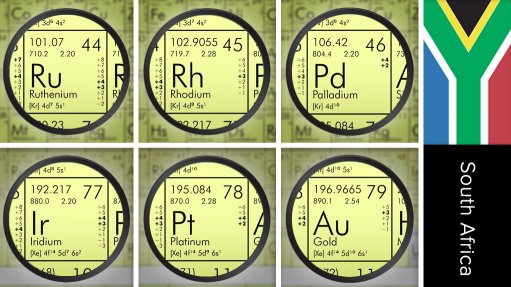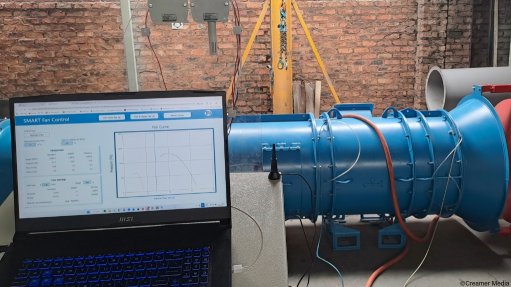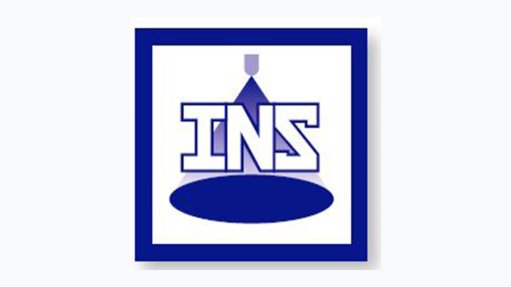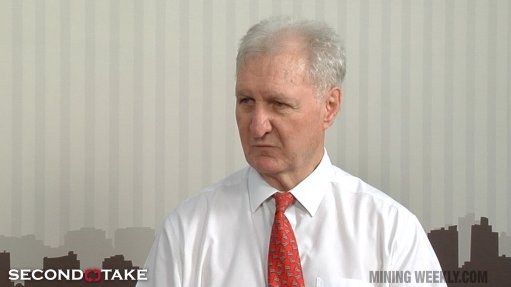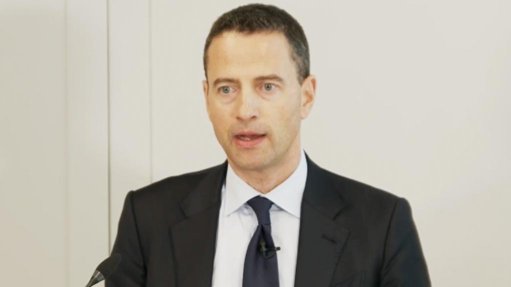Expert suggests new ways junior miners can classify resources
A key issue with all mineral projects is the quantification of risk and uncertainty, which has always been narrowed down to grade estimation issues; however, just basing the mineral resource category on drill spacing and a competent person’s judgment on resource boundaries is no longer good enough.
Rather, it should be statistically based, since juniors could not afford to undertake vast amounts of drilling, EY natural resource principal technical consultant Andy Clay said during the Joburg Indaba, held on May 21 and 22.
He unpacked in his presentation how junior mining companies can think differently and innovate to ensure their survival.
Using variance towers statistically determined if there were enough samples and what category of resource was present, Clay explained, adding that broken ore and bulk sampling were viable alternatives to reliable estimations of grade.
Clay continued that the objective of forecasting was not to predict the future, but rather to identify risk elements and assess their impact on a project. “It is the practice of making well-calibrated probabilistic assessments about future outcomes,” he added.
Historically, the oil and gas industry has always had two ways of calculating volumes: probabilistic estimates, which is statistical, and deterministic, which draws on the competency of a competent reservoir estimator.
“If grade and recoveries are the key risks in mineral projects, then not quoting ranges for them with confidence limits ability to assess what the outcomes would be. Worse still is that the next most important component of recovered grade is processing recovery factors, then, once again, range must be quoted.
“Too little emphasis is placed on minerals processing and metallurgy, particularly for specialist metals,” Clay said.
He cited an example of a tungsten project in Rwanda, where the orebody was mostly quartz pegmatite with syngenetic brecciation, and vertical pinching and swelling in thickness along strike and down dip. If this rock facewas chip-sampled, it would be extremely difficult and likely not be representative.
Likewise, with core drilling, the size of the core as a representation of the orebody would be too small.
In this instance, Clay recommended marking up and measuring the face before and after a blast, hand-picking any nuggets of cassiterite or wolframite that come out, embracing the problem of nugget effect rather than ignoring it.
Thereafter, he suggested taking a sample which becomes a live broken ore sample.
On the issue of waste, since the blast would generate waste, Clay suggested the quartz and ore could be hand-sorted at the site, where correction factors could be calculated based on ore widths.
His team has looked at putting crushers and screens at the mining portal entrances so that broken ore samples could be crushed and screened prior to sluicing and panning, replicating what a mining contractor would have done, to determine recovery.
Once the samples go to a laboratory, they can be put through a splitter and then pulverised before being recorded for values using specialist equipment.
Clay recommended that bulk sampling was crucial for pilot processing work to demonstrate reasonable prospects for eventual economic extraction. Once again, measuring the sample size and estimating density wee critical.
Owing to logistics for bulk sampling often being a problem and requiring a mobile plant, sample processing such as crushing and liberation and particle size analysis can help to define plant design.
“One thing that cannot be compromised on is the accuracy of the laboratory analytics. It is better to spend money on this equipment than on drilling more holes.”
Moreover, citing a paper Clay published in 2012 on variance tower methods, he said the Venmyn variance tower method could help determine how many samples needed to be drilled to get into different categories, as well as what the boundaries were.
For example, a tower generated can show that 20 samples are needed for the inferred resource category, 130 for the indicated category and 490 for the measured category. “It takes away the requirement for boundaries arbitrarily decided by a geologist.”
Without measured resources, you cannot get reserves. Clay cited instances where orebodies had been drilled extensively, and yet the competent person did not put resources into the measured category. Instead, the tower method relied on statistics and mathematics to classify resources.
Clay emphasised the importance of thinking differently about providing the necessary levels of confidence of a resource and that new sampling methods could increase confidence in key risk factors.
Broken ore sampling could quickly mimic the mining process and increase ability to get samples, as well as estimate the confidence limits, Clay reiterated.
“Using set theory and probabilistic calculations, miners can meet the requirements of representativity, repeatability and reliability mathematically. Identifying how many samples are needed will hopefully solve the problem of gun-shy competent persons who seem scared to categorise measured resources.”
WATER ASSETS
Clay noted that water ought to be classified in miners’ resources and should not be considered a liability. Mines and oil wells can often serve as water reservoirs at the end of mine life, with shafts being suitable for repurposing for pumped storage energy generation facilities or for use by water utilities.
“If we had a standard for classifying water into inferred, indicated or measured status, miners can calculate reliable measure. Defining the principles for water balance supply and demand can ensure that water is maintained as a renewable and sustainable resource like any other mineral,” Clay explained, adding that it could be a resource from which future economic benefits could flow.
Once the reservoir volumes have been defined, they can be incorporated into a financial model for commerciality. The water-use licence can also be made fit-for-purpose in this regard and a link to the responsible rehabilitation of the site can be established.
Water on its own was seldom commercial, Clay said, owing to the price discovery being too low, but coupled with pumped storage capability, in tandem with water treatment, commercial opportunities could work.
Article Enquiry
Email Article
Save Article
Feedback
To advertise email advertising@creamermedia.co.za or click here
Press Office
Announcements
What's On
Subscribe to improve your user experience...
Option 1 (equivalent of R125 a month):
Receive a weekly copy of Creamer Media's Engineering News & Mining Weekly magazine
(print copy for those in South Africa and e-magazine for those outside of South Africa)
Receive daily email newsletters
Access to full search results
Access archive of magazine back copies
Access to Projects in Progress
Access to ONE Research Report of your choice in PDF format
Option 2 (equivalent of R375 a month):
All benefits from Option 1
PLUS
Access to Creamer Media's Research Channel Africa for ALL Research Reports, in PDF format, on various industrial and mining sectors
including Electricity; Water; Energy Transition; Hydrogen; Roads, Rail and Ports; Coal; Gold; Platinum; Battery Metals; etc.
Already a subscriber?
Forgotten your password?
Receive weekly copy of Creamer Media's Engineering News & Mining Weekly magazine (print copy for those in South Africa and e-magazine for those outside of South Africa)
➕
Recieve daily email newsletters
➕
Access to full search results
➕
Access archive of magazine back copies
➕
Access to Projects in Progress
➕
Access to ONE Research Report of your choice in PDF format
RESEARCH CHANNEL AFRICA
R4500 (equivalent of R375 a month)
SUBSCRIBEAll benefits from Option 1
➕
Access to Creamer Media's Research Channel Africa for ALL Research Reports on various industrial and mining sectors, in PDF format, including on:
Electricity
➕
Water
➕
Energy Transition
➕
Hydrogen
➕
Roads, Rail and Ports
➕
Coal
➕
Gold
➕
Platinum
➕
Battery Metals
➕
etc.
Receive all benefits from Option 1 or Option 2 delivered to numerous people at your company
➕
Multiple User names and Passwords for simultaneous log-ins
➕
Intranet integration access to all in your organisation






